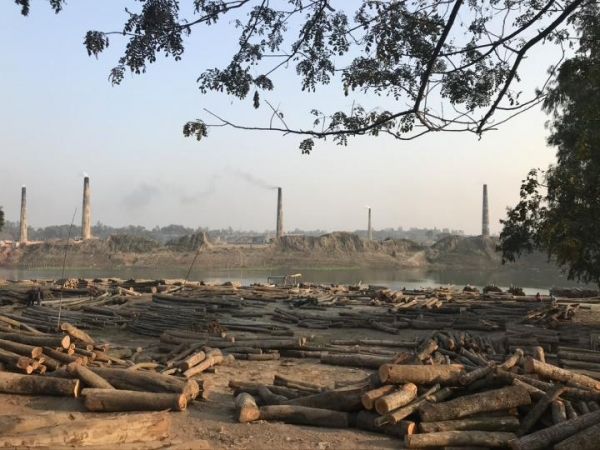Like superheroes capable of seeing through obstacles, environmental regulators may soon wield the power of all-seeing eyes that can identify violators anywhere at any time, according to a new Stanford University-led study. The paper, published the week of April 19 in Proceedings of the National Academy of Sciences (PNAS), demonstrates how artificial intelligence combined with satellite imagery can provide a low-cost, scalable method for locating and monitoring otherwise hard-to-regulate industries.
“Brick kilns have proliferated across Bangladesh to supply the growing economy with construction materials, which makes it really hard for regulators to keep up with new kilns that are constructed,” said co-lead author Nina Brooks, a postdoctoral associate at the University of Minnesota’s Institute for Social Research and Data Innovation who did the research while a PhD student at Stanford.
While previous research has shown the potential to use machine learning and satellite observations for environmental regulation, most studies have focused on wealthy countries with dependable data on industrial locations and activities. To explore the feasibility in developing countries, the Stanford-led research focused on Bangladesh, where government regulators struggle to locate highly pollutive informal brick kilns, let alone enforce rules.
Read more at Stanford University
Image: Brick kiln chimneys outside Dhaka, Bangladesh. (Credit: Nina Brooks)


